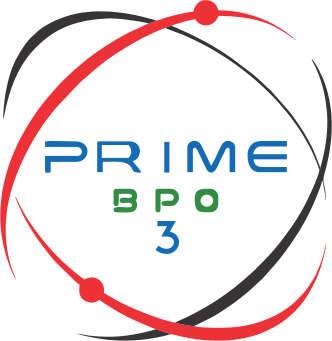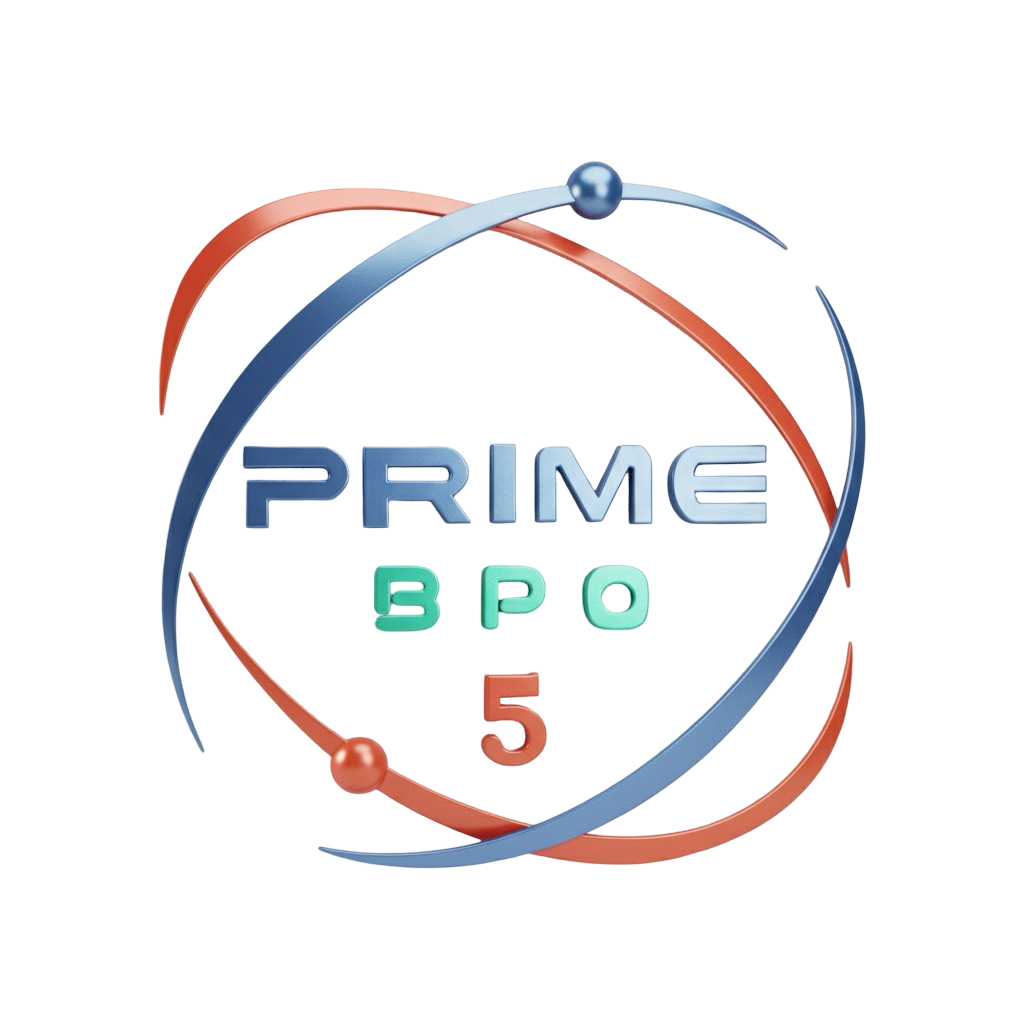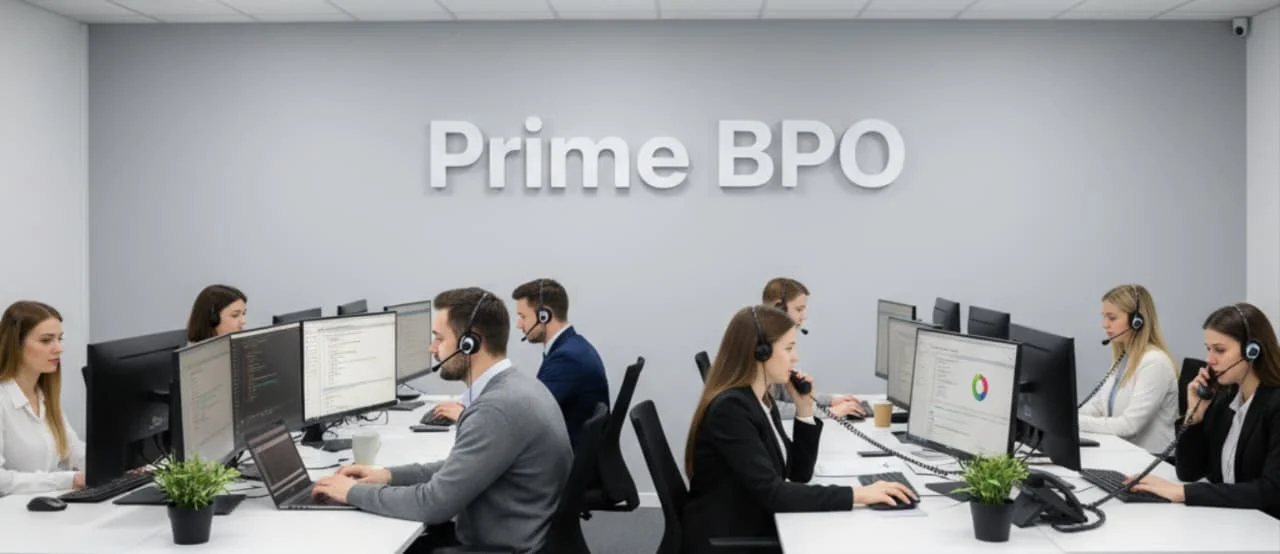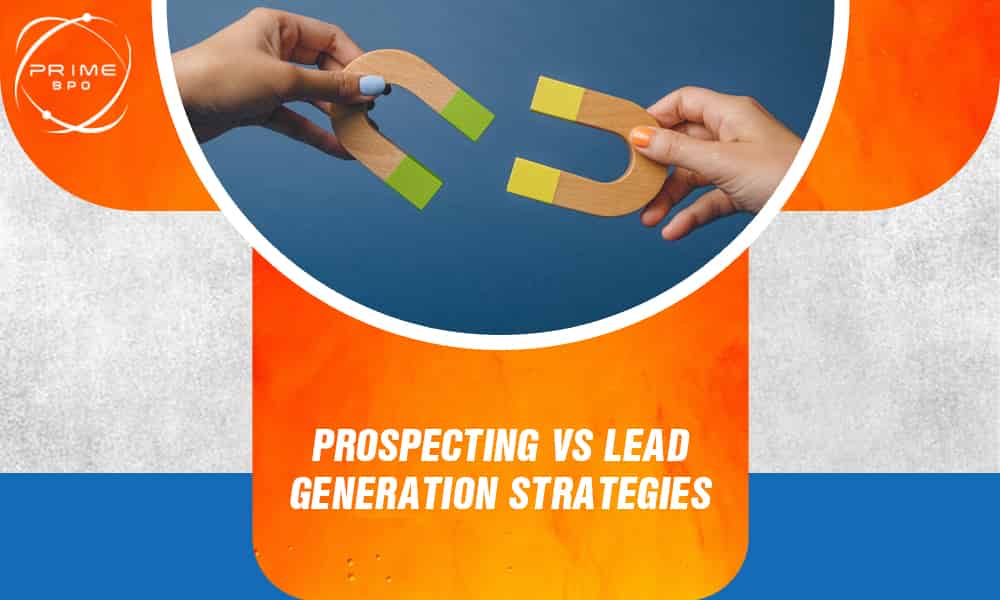Are you finding it hard to reach the right customers and turn them into loyal clients? In today’s busy market, having good strategies is essential to growing a business. Knowing how to find, connect, and build trust with potential customers can make all the difference, helping you create a steady flow of leads who are interested in your products or services. This guide will show you simple yet effective ways to improve your prospecting, attract more leads, and increase sales. Ready to start turning new faces into loyal customers? Let’s learn about Prospecting vs Lead Generation.
Get Free Quotes
Customized Options Await
What is lead prospecting?
Sales prospecting is the method of finding those people who may likely be interested in your products or services. It entails the process of identifying, analyzing, and communicating with prospective consumers.
Broken down, prospecting is the first form of contact and is more tangible compared to business development. The target of sales prospecting is to accumulate a variety of prospects who at least have some level of interest or meet certain criteria to be a possible buyer.
Lead Generation:
Lead generation, on the other hand, is a much more general marketing term. It is the business of generating interest in your products or services, in a group of users that you’re interested in. It is done through normal marketing techniques such as content marketing, search engine optimization marketing, email marketing, and social media marketing.
It’s the process of bringing prospects to your business and getting them to express interest – often by providing their contact information.
Prospecting vs Lead Generation
|
Aspect |
Prospecting |
Lead Generation |
|
Purpose |
Actively seek out potential clients for immediate connection. |
Attract and build interest from a wider audience gradually. |
|
Main Approach |
Outbound – Initiates contact directly with prospects through calls, emails, and networking. |
Inbound – Creates interest through content and marketing channels, encouraging prospects to reach out. |
|
Goal |
Identify and qualify high-potential leads ready to move down the sales pipeline. |
Generate awareness and capture a steady flow of potential leads for future engagement. |
|
Common Methods |
Direct calls, personalized emails, industry events, referrals, and networking. |
Content marketing, SEO, social media posts, webinars, and online advertising. |
|
Timeframe |
Immediate – Short-term, aiming to quickly identify ready-to-buy prospects. |
Long-term – Building relationships and brand familiarity over time. |
|
Audience Focus |
Targeted, focusing on individuals or businesses that meet specific profile criteria. |
Broad, attracting anyone interested in the industry or services, including those not yet ready to make a purchase. |
|
Effort Level |
High – Involves direct outreach and tailored communication, often requiring persistence and resilience. |
Moderate to High – Requires consistent content creation and strategic marketing to maintain brand visibility. |
|
Success Measurement |
Measured by the number of qualified leads progressing to appointments, demos, or conversions. |
Measured by lead volume, engagement metrics, conversion rates, and brand reach. |
|
Best For |
Ideal for businesses needing quick results or direct conversations with decision-makers. |
Suited for businesses focused on brand growth and building a pipeline of leads over time. |
|
Challenges |
Time-intensive with potential for high rejection; demands persistence and adaptability. |
Requires ongoing strategy adjustments; takes longer to see tangible results from efforts. |
|
End Result |
Engaged, sales-ready leads primed for immediate follow-up and conversion opportunities. |
A nurturing database of leads that can be warmed over time, eventually converting into qualified prospects and loyal customers. |
4 Advanced lead generation and prospecting strategies
Every sales team is aware of the significance of knowing and implementing sophisticated methods in lead generation and selling prospects. This section gives insights on how to prospect for leads and identify and manage marketing-qualified leads and sales-qualified marketing leads while elaborating on the collaboration of the sales and marketing departments to achieve all these.
Optimizing the Lead Generation Process
The lead generation process is a critical component of any sales strategy. It involves not just attracting potential customers but also ensuring they are the right fit for your business.
A crucial element in this process is the lead magnet – a compelling offering that draws in inbound leads. Whether it's through a valuable resource on a landing page or a strategic offering on your company website, the lead magnet should align with the buyer's journey and encourage the sharing of contact details.
Sales reps play a critical role in this process. They must be adept at converting prospects who have shown expressed interest, often leveraging the CRM system to track and manage these interactions. By focusing on lead generation work, sales reps can grow the customer base, fostering new business and exploring fresh sales opportunities.
The Art of Sales Prospecting
Sales prospecting, a more targeted approach than broad lead generation, involves identifying and reaching out to warm leads or warm prospects. This strategy often includes cold calling and cold outreach, where sales reps directly contact potential customers who might not yet be aware of the business. The goal is to arouse purchase intent and move these sales prospects further down the sales pipeline.
Sales prospecting vs lead generation is a nuanced difference, but both are closely aligned. Sales prospecting and lead generation are used to attract new sales leads but also build a relationship with prior customers meaning the strategy would be a long one for the business.
Use of Digital Technology and Communications
Social platforms to generate leads and prospects for sales are a necessity for any organization. However, direct messaging on these platforms is useful as an ability to start a conversation with potential leads. But, indeed, if a landing page is designated as unique, then it can also act as the lead magnet, which itself brings inbound leads and helps out in the process of lead generation.
CRM Systems and Data-Driven Approaches
Utilizing a CRM system effectively is key to managing the multitude of contact details, follow-up schedules, and sales opportunities. A robust CRM system helps keep track of warm prospects, ensuring that sales teams are closely aligned in their approach to closing deals and converting prospects.
Difference Prospecting vs Lead Generation
Prospecting is direct and immediate—actively reaching out to potential clients through calls, emails, or in-person meetings. It’s ideal for finding leads ready to engage right away, though it requires persistence and handling rejections.
Lead generation, however, draws prospects in over time by creating valuable content and using marketing channels. This approach is about building long-term interest and brand awareness, bringing people to you rather than seeking them out.
Prospecting vs Lead Generation which fits your needs better—quick engagement or steady relationship-building? Both methods can work, but choosing the right one can make all the difference.
How To Turn a Lead Into a Prospect
Here are a few tips to effectively turn a lead into a prospect:
- Clearly define your ideal customer and identify leads with a genuine need for your product or service, decision-making ability, and financial capacity. This is the qualifying step.
- To build the message flow, it is beneficial to better understand your leads and their goals and challenges.
- As a means of lead management, a Customer Relationship Management (CRM) system is recommended.
- After qualification, use personalized approaches such as: being able to select the right pitch, an email, a demo, or a call to ensure the qualified leads become prospects.
- Develop a multifaceted strategy for lead conversion, incorporating lead generation and engagement tactics across various channels like blog posts, videos, and email marketing.
- Leverage social selling tactics, particularly on platforms like LinkedIn and Facebook to build rapport and credibility.
- Respond promptly to inquiries, recognizing that the chances of qualifying a lead increase significantly with swift responses.
- Treat leads as individuals, making them feel important and using personalized information to appeal to them about your product or service.
- Utilize various communication channels like emails, social media, and videos to engage with leads throughout their customer journey.
- Regularly measure lead conversion metrics, including conversion rates, cost per conversion, and lead value, to objectively evaluate the success of your lead conversion process.
What Should You Choose:Prospecting vs Lead Generation?
Well, it’s not as simple as that. The decision has to be made at the C-suite level, taking into consideration your business goals, pipeline value, stage of growth, and overall go-to-market strategy.
But it boils down to this time.
If your pipeline looks empty, pick prospecting. It’s quicker than lead generation and can help book meetings with potential customers sooner.
Industries facing complex sales cycles also benefit from prospecting as it offers a more hands-on approach and more face time with sales to ensure prospects’ needs are being met at the right time.
On the contrary, lead generation takes a while. So, it’s best suited when you’re trying to reach a broader audience and generate a large volume of leads. It’s scalable and efficient.
Unlike sales prospecting, where you target a niche audience, lead generation helps cast a wider net and capture the attention of a wider audience of potential buyers.
How to Make Lead Generation and Sales Prospecting Work Together
The key to making both your sales and marketing efforts work in harmony is having an integrated system to track customer data. When the two disciplines work together well, you create a positive feedback loop for your business.
Better marketing brings in better leads, personalized sales lead to more satisfied customers. Satisfied customers are more engaged with your business, which boosts future marketing efforts.
To keep it all working smoothly, it’s best to have a CRM system with neural network implementation to keep centralized records of your customer data. Giosg lead generation chatbots and live chats can be integrated into your CRM seamlessly and securely so that all the customer data is accessible to every team member on any device. That way, both sales and marketing can work together to build up customer profiles and make use of the results.
Conclusion
It is equally crucial to understand Prospecting vs Lead Generation because they empower you with the ability to find new customers and grow your business. Thus, by paying attention to your ideal customer, enhancing your method, and utilizing the right tools, you can continue attracting quality leads who are ready and willing to engage with you. Are you prepared to utilize these strategies to build the customer base of your business? Just keep in mind that every lead is an opportunity to establish a mutually beneficial and long-term partnership.
Get Free Quotes
Customized Options Await
FAQs
Is a prospect the equivalent of a lead?
Leads are at the top of your sales funnel. They may or may not know your solution, but they'll still need to be qualified. Prospects, on the other hand, are leads who have been qualified and are more likely to purchase through consistent outreach.
How do you approach prospecting and lead generation?
Lead generation touches all forms of marketing, which are advertising, cold calls, LinkedIn prospecting, referral marketing, inbound marketing, networking, advertising, blog posts, webinars, podcasts, ebooks, emailing, social media marketing, content marketing, and SEO.
What is lead generation vs active prospecting
Lead generation attracts potential clients through content and marketing, building interest over time. Active prospecting, on the other hand, involves directly reaching out to qualified leads for immediate engagement.
Is the purpose of prospecting to generate leads?
In short, yes. Sales lead generation is the process of getting in touch with potential best-fit customers to guide them through the funnel until they are paying customers. However, once the prospect links with you in any way (either through engaging in a direct outreach or visiting your website) they become a lead.
References:






